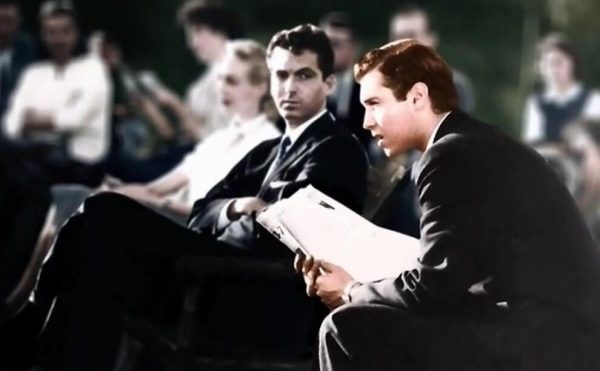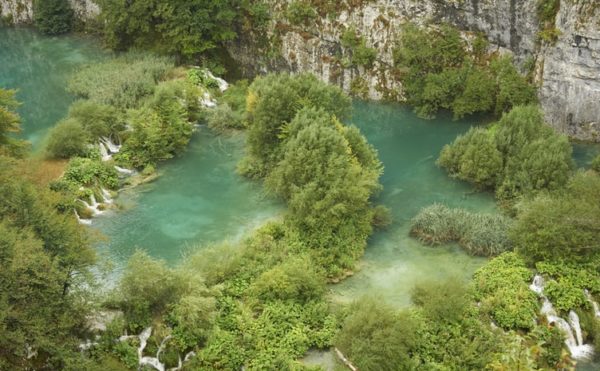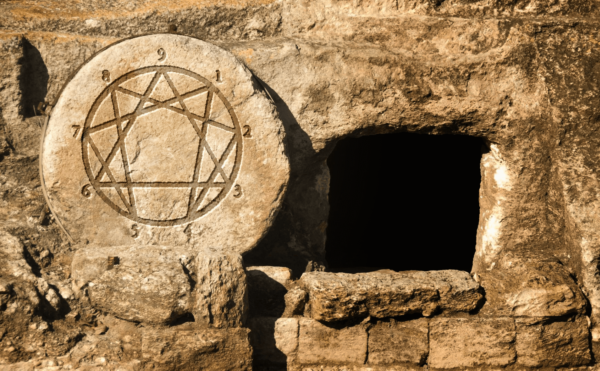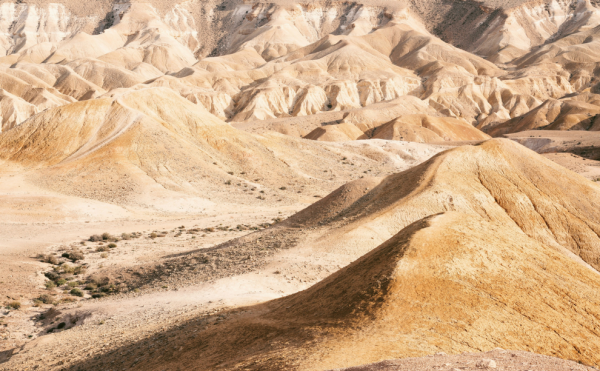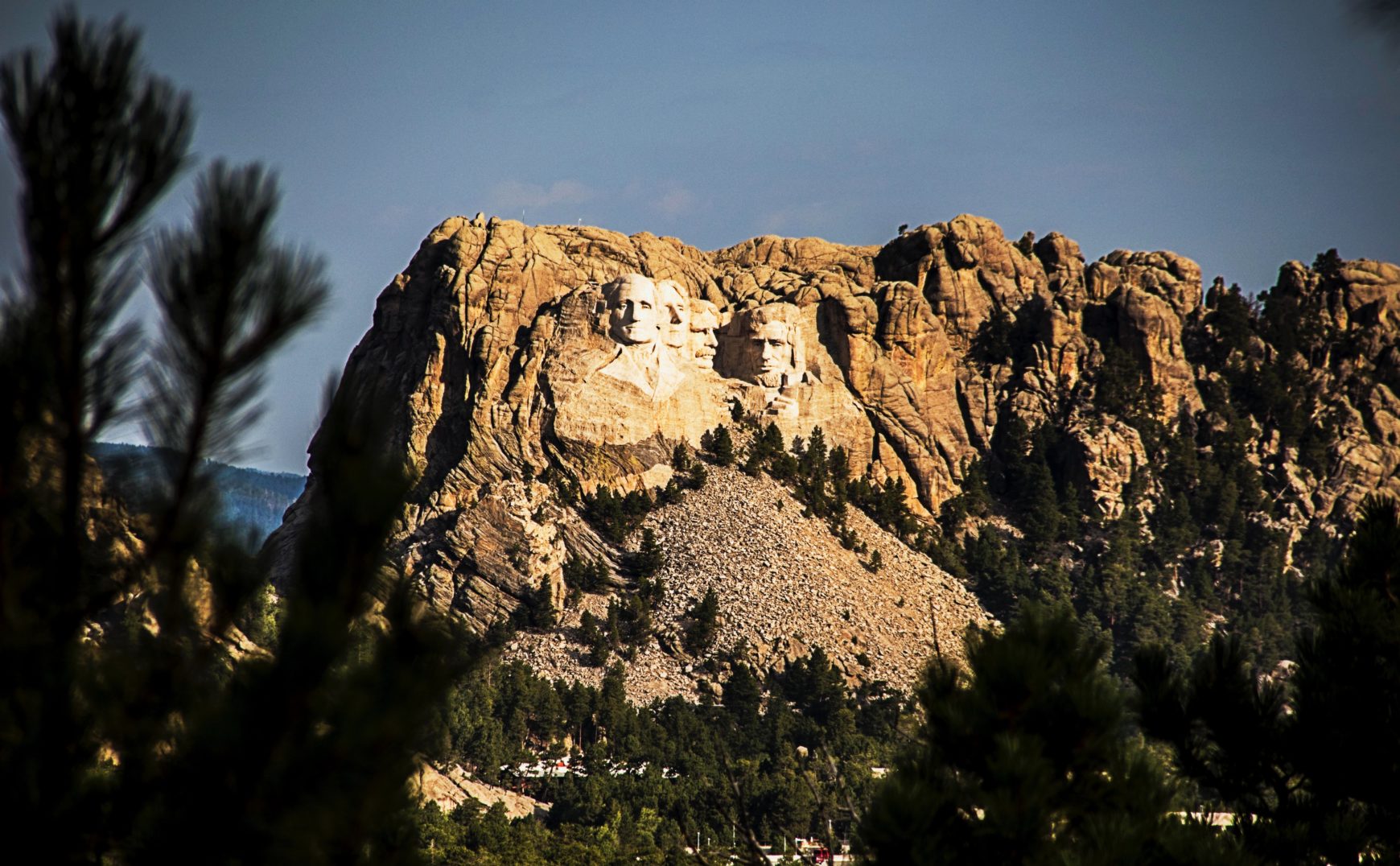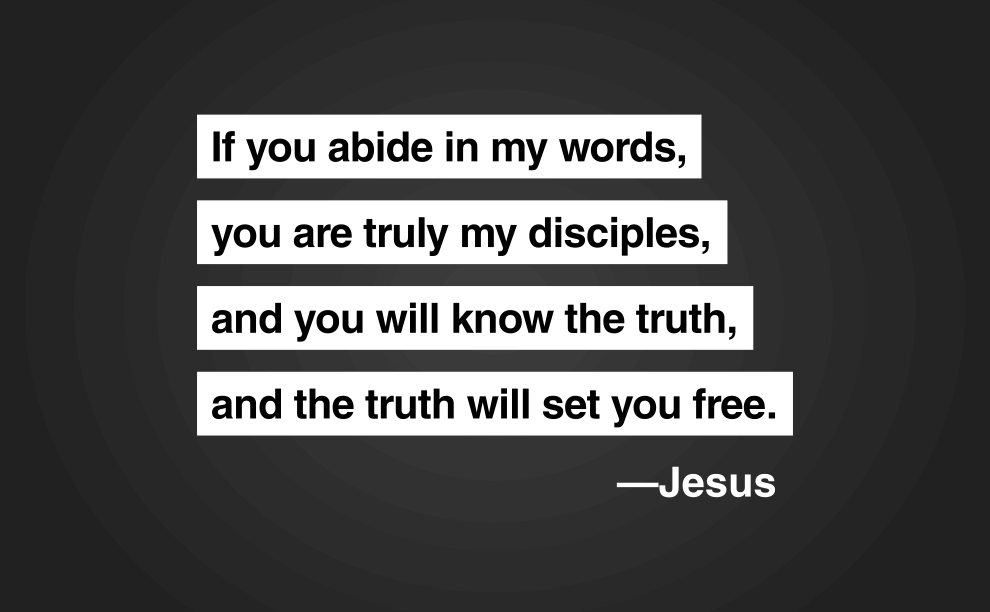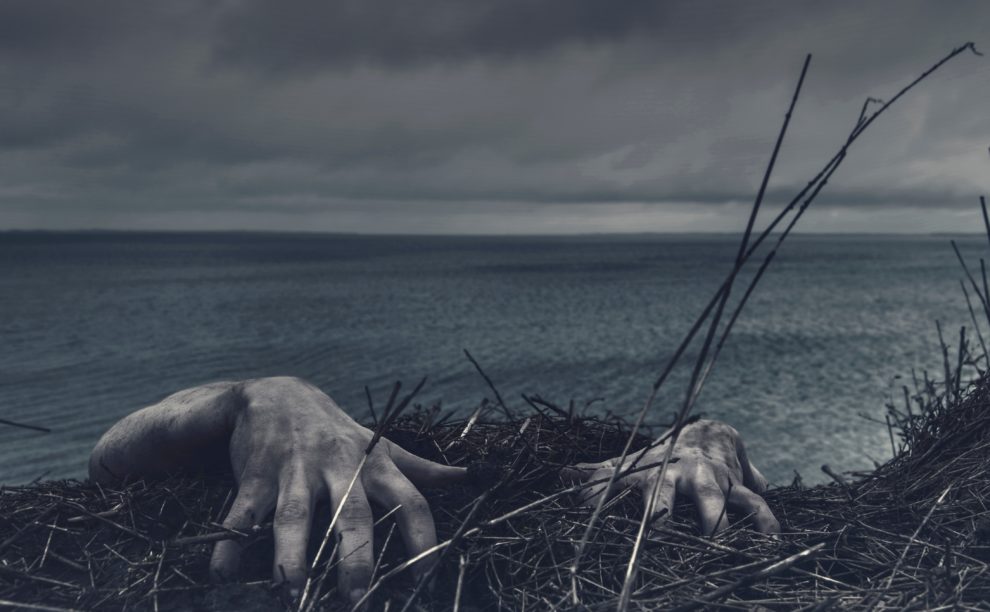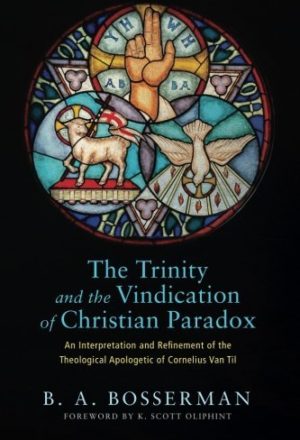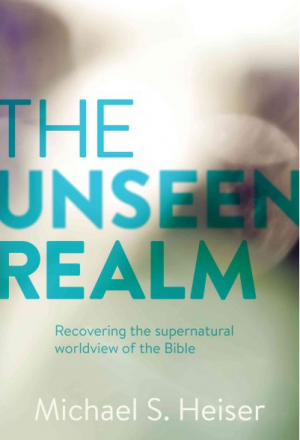The scene opens with an unknown beauty removing her clothes and running toward the sea giggling and laughing completely unaware of any risk or fear. The potential titillation was overshadowed by the ominous soundtrack. She swam through the water free and safe but from below the audience gazed from the deep up toward the naive girl holding our breath, because we knew something would come for her. At the surface, the girl beckoned to her friend to come join her, but he was stumbling and inattentive. Finally the thumping soundtrack began to build and we all felt the monster coming for her. The tension was palpable and jarring as the iconic score sped up. The woman was pulled under the water but her head popped up one last time with a look of terror. She screamed as large jaws thrash her back and forth then pulled her down toward the depths of the abyss.
I first saw the movie Jaws when I was fifteen years old, a full forty years after the release date. I had seen the animatronic shark at Universal Studios and knew what the movie was about. Even after having peeked behind the curtain and seen the monster, the first scene has colored every encounter with deep water I have had from that moment to this day. While I know there are no sharks in lakes, when I look down into water that seems to be endless I think… “Maybe there is something down there.” When I jump into lake Navajo in northern New Mexico a flutter of fear returns each time I see my feet wading above empty dark water. The unknown of deep was changed for me by the movie Jaws. Although I quickly stifle my fear as I’m sure others do, I know I’m not alone in this experience. There is something we all feel when we look down toward the bottom of a lake or the ocean and see darkness.
Our historical moment is not unique in its interest in the depths of large bodies of water. Humans have always had stories of sea monsters, but in the 1930s a particular “sea” monster was thrust into the public eye. We named it Nessie after its supposed home, the Scottish Loch Ness. The legend quickly grew in fame, and oddly has never seemed to die. People still look for the Monster to this day and a small group actually claim to see it. Could the Loch Ness Monster be real, and if it isn’t real, why do people keep seeing it?
Reported Sightings
Before Scotland was founded in the province of Picts there was a holy man who walked along a road with his followers. They needed to cross the River Nesa and when they reached the shores some villagers were burying a mangled body. They claimed the man had been killed by the monster which lived in the loch and traveled up river from time to time. Without delay the holy man, St Columba, turned to his companion Lugne Mocumin and said, “Swim to the other side.” Mocumin, an ever-obedient follower, removed his clothes and waded into the cool waters. The beast lurked below in the darkness of the deep looking up at the target above. Mocumin looked down and felt the fear that you and I have felt, but for him, he knew there was something down there. He knew he was not safe, but he had faith in his leader and acted in obedience. A ripple appeared slightly downstream and then a head with teeth emerged from the depths and pursued Mocumin. Just as the beast of the Loch was about to sink its teeth into the second victim It heard a voice from the shore, “Thou shalt go no further, nor touch the man; go back with all speed.” The declaration from St. Columba stopped the beast in the power of God and it whipped around as if it had been pulled back by a rope. The barbarous villagers were so astounded by the miracle that they gave glory to God and blessed the priest. While the Picts had painted the beast in their traditional paintings, this story is the first written account of the Loch Ness Monster. 1
The Modern Legend
Loch Ness is twenty-four miles long and over nine hundred feet deep. It is old and mysterious and murky. Its tributaries carry peat down onto the shores, reducing visibility in the loch.7 Ever since the account of Saint Columba, unsubstantiated reports have continued. In the 18th century military roads were built in the area, but in the 1920s an official public road was constructed around the Loch. After its construction, sightings of the Loch Ness Monster (also known as Nessie) increased by quite a bit. The Daily Mail then tried to capitalize on the increased sightings by sending a big game hunter named Marmaduke Wetherell to find the creature. Wetherell found some large three-toed tracks on the shore of the lake confirming the monster’s existence. He cast the tracks in plaster and sent them to be analyzed by scientists at the Natural History Museum. The published findings indicated that the tracks were from a hippopotamus and were planted there likely using some kind of large impression on a handle. They never figured out who planted the tracks, Wetherell denied it and was angry about having been tricked. Some think that he is responsible for the tracks, but either way, he was humiliated and the Daily Mail fired him and reported on his “hoax.” In 1934 the daily mail published a photo of the creature which was taken by a surgeon named Robert Wilson. This photo quickly became an iconic image of the creature and was called The Surgeons Photo.8

The Surgeon’s Photo was iconic for nearly 100 years and it inspired a wide range of people to seek out the monster in the ominous Loch Ness. There were many, many sightings reported and all of them had similar descriptions. People described a large creature with a long neck that had a hump or multiple humps depending on the account. The local authority Inverness County Police Chief Constable William Fraser requested protection for the beast form the Scottish Undersecretary of State in 1938 with an official document stating,
“That there is some strange creature in Loch Ness seems now beyond doubt, but that the police have any power to protect it is very doubtful.”3
This request was made because a group of hunters with homemade harpoons was intent on finding and killing the creature. The locals had a strange affection for Nessie and wanted it to be protected. Nessie did receive specific protection in 1981. With some snickering amongst legislatures, they protected any new species found in the loch just in case some hard evidence of the monster turned up.
Sightings of the monster are relatively rare. More recently videos and photos are taken, below are some of the better ones I have found each is Hyperlinked to its photo or source.
2007 — Holmes Video
2011 — George Edwards Photo
2011 — Strange Sonar Reading
2013 — David Edler Video
2014 — Apple Maps
2014 — Luxury Cruze Sonar Reading
There was thought to be a conclusive underwater photo taken by Robert H. Rhines in 1972. Rhines employed a team of researchers to study the Loch with side scan sonar accompanied by an underwater motion-activated camera. They got a photo of what looks like a fin that would be consistent with previous reports of Nessie. The link to the photo is found here, but the photo was retouched to make the fin more visible. Charles Wyckoff was one of the team members on the expedition who stated that the photo was retouched to superimpose the fin. The controversy around the photo makes it less conclusive.
Robert Wilson’s photo was trusted beyond doubt when it was taken because he was a surgeon. They believed at the time a surgeon would have no cause to lie about such a thing. Unfortunately, they were wrong, because Robert Wilson didn’t even take the photo despite passing it as his own. The photo was orchestrated by the disgraced Marmaduke Wetherell who wanted revenge for being tricked by the hippopotamus footprints. So Wetherell convinced his son-in-law Christian Spurling to build a model to stage the photo. Spurling staged the photo and then gave it to Robert Wilson who added credibility to the “hoax” because he had little to gain from it. Spurling confessed to his involvement in 1994 before he died.
Trending
Proposed Explanations
Misunderstood Creatures
Many think the rumors of a monster are just exaggerated reports of large fish that are found in the area such as the Wells Catfish and Lake Sturgeons. Both fish species can grow up to a few hundred pounds and could explain large fin and wake sightings. Sightings of a long-necked creature could just be birds or floating logs.
The Plesiosaur
Coelacanths, a large ancient ocean fish, were thought to have been extinct for millions of years but were discovered in 1938 off the coast of South Africa.9 Fans of the Loch Ness Monster claim that Nessie could be one of the last Plesiosaurs that has not died off and continued reproduction in the Loch. However, skeptics note the loch is not likely big enough to hold sufficient Plesiosaurs to maintain a stable lineage.
Totally Fake
Skepticism surrounds all modern accounts of the Loch Ness monster because all of the data is inconclusive. Photos are often blurry or elaborate hoaxes. The account of St. Columba is from the Catholic Church records and is one small paragraph in a list of miracles attributed to St. Columba. The Catholic Church is maybe not the most trustworthy source of miraculous accounts, it is very likely that much of the reports of St. Columba are inflated or exaggerated. In reality, it makes more sense for there to be nothing in the Loch. Loch Ness is dark and murky and lends itself to legend. There is no reason to believe any of the accounts are more than large fish.
In 2003 a BBC Team surveyed the Loch with 600 sonar beams and satellite navigation. After scanning every inch of the Loch with no sightings they concluded that Nessie doesn't exist or died. Their only explanation for the sightings is that people see what they want to see. They tested this by submerging a fence post in the Loch and then making it rise to the surface next to a boat of tourists. After the tour they interviewed passengers and most claimed to see a something stiff and square, a few claimed to have seen a creatures neck with a monster like head.
Biblical Waters
It isn’t surprising that people believe a monster hides in the deep waters of Loch Ness because waters in the bible are symbolically attached to chaos, death, monsters, and judgment. Yahweh, in the beginning, created the heavens and the Earth and he ordered the chaos that was without form and void, calling everything good. After the fall, as evil grew, he made the chaotic waters spring forth to cover the earth again in disorder and judgment thus solidifying the danger of the depths of the sea (Genesis 1:1-2, Genesis 7:11-12). The waters turned creation back around from order to chaos but God preserved a people for himself through the waters. This judgment remains a theme throughout the Bible.
Exodus 14 - God parts the Red Sea and leads His people across. Then the waters become a judgment on the Egyptians.
Joshua 3:16 - God holds back the waters for Isreal to cross the Jordan River.
Jonah 2:1-2 - Jonah is dying in the heart of the sea but is rescued by a Yahweh appointed fish.
Daniel 7:3 - Four beasts that oppress the people of God emerge from the sea.
Job 41 - The Leviathan is a massive sea creature untameable by humans. (especially significant considering dominion given to humans in Genesis 1)
Matthew 8:26 - Jesus has dominion over the sea.
Throughout the Bible, chaotic waters are a symbol of judgment, uncertainty, and disorder. The waters of judgment that destroyed the earth in Genesis 6 is a picture of the judgment to come where Baptism into Jesus allows preservation of his people (1 Peter 3:20-22). Jesus has power over the water and In the New Creation, the sea is no more. The lack of sea may be figurative because when God made the sea it was good, but at the very least the sea as death, chaos, judgment will have run its course and be no more (Revelation 21:1).
Creation itself is filled with sea monsters. What are Megalodon, Giant Squids, Sharks or Killer Whales but sea monsters? Plesiosaurs were sea monsters. We don't call them monsters because we believe in science and know that they are animals in the sea, but each of them could kill any one of us. It is not completely unreasonable to believe there’s a monster in the abyss of Loch Ness. We know that monsters were and are real and that many live in the water. Nessie isn't a far fetched crazy myth, but more of a remnant of the ancient understanding that in the deep water monsters are hiding. The Bible affirms this ancient understanding. Other remnants that affirm the Biblical truth are our obsessions with Jaws, the Megalodon, the Cracken, Giant Squids, and other impressive sea creatures. As the Gospel illuminates the world and as common grace brings to light these monsters we can understand them better and be less afraid of them. We can trust in Him even in the face of a dangerous beast.
Conclusion
I don't know if there is a giant monster in Scotland lurking under the water, gobbling up fish, and delighting tourists. If we trust the account of St. Columba, which isn’t as crazy as it may seem, then something was in lurking in the Loch. I like that story and I want to believe it, but even if it’s true I tend to think that thing is probably dead now. While modern accounts are hazy and easily dismissed they still could be real. The problem with the modern lore is they lack detail and most can be explained away by a sturgeon or an oddly shaped log. Even the video footage is too far away and too vague to be strong evidence. You can decide for yourself if you think that Nessie is rooming around the depths of Loch Ness. The evidence from my perspective is not substantial enough to convince me. In 2018 the International Research Team took DNA samples from Loch Ness to better understand the biological systems within it. Maybe they will turn up some more evidence, but results won't be published until later this year. Until then, look into the depths of an abyss and remember that if you are in Christ, you have nothing to fear.
References:
- Fordham University Library, "Medieval Sourcebook: Adamnan: Life of St. columba" Fordham University,
- Early, Chas. "April 21, 1934: Daily Mail Prints Photo of The Loch Ness Monster - but was it really Nessie?" British Teleco. 18, April 2018,
- Loch Ness by Jacobite [PHOTO]. "A Law of Protection For the Loch Ness Monster" 20, Aug 2018,
- BBC. "BBC 'proves' Nessie Does Not Exist" BBC. 27, July 2003,
- Bates, Mary. "The Creature Feature: 10 Fun Facts About The Ceolacanth" Wired. 2, Mar 2015,
- BBC News. "Loch Ness Monster: Nessie 'not encountered' by researchers" BBC. 27, June 2018.
- Loch Ness Information. "Welcome To Loch Ness"
- Hoaxes.org "The Surgeon's Photo" The Museum of Hoaxes.
- Hurlburt, Don. "Coelacanth" Smithsonian. Nov. 2018,






